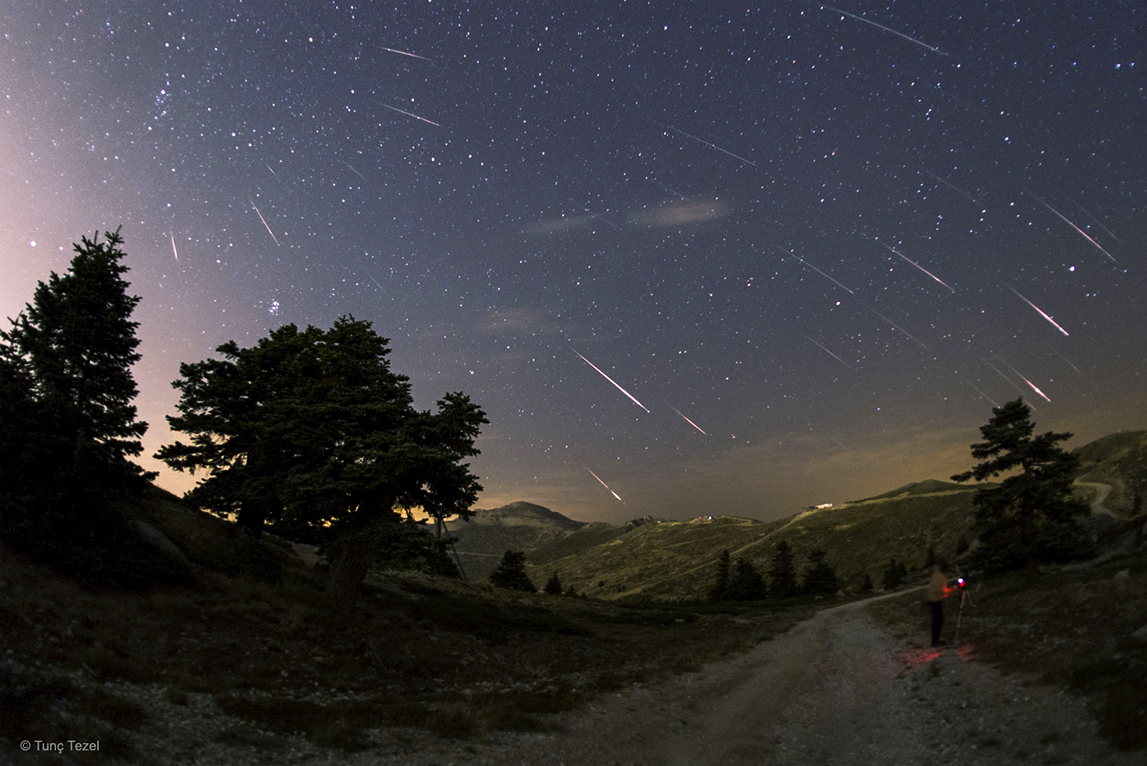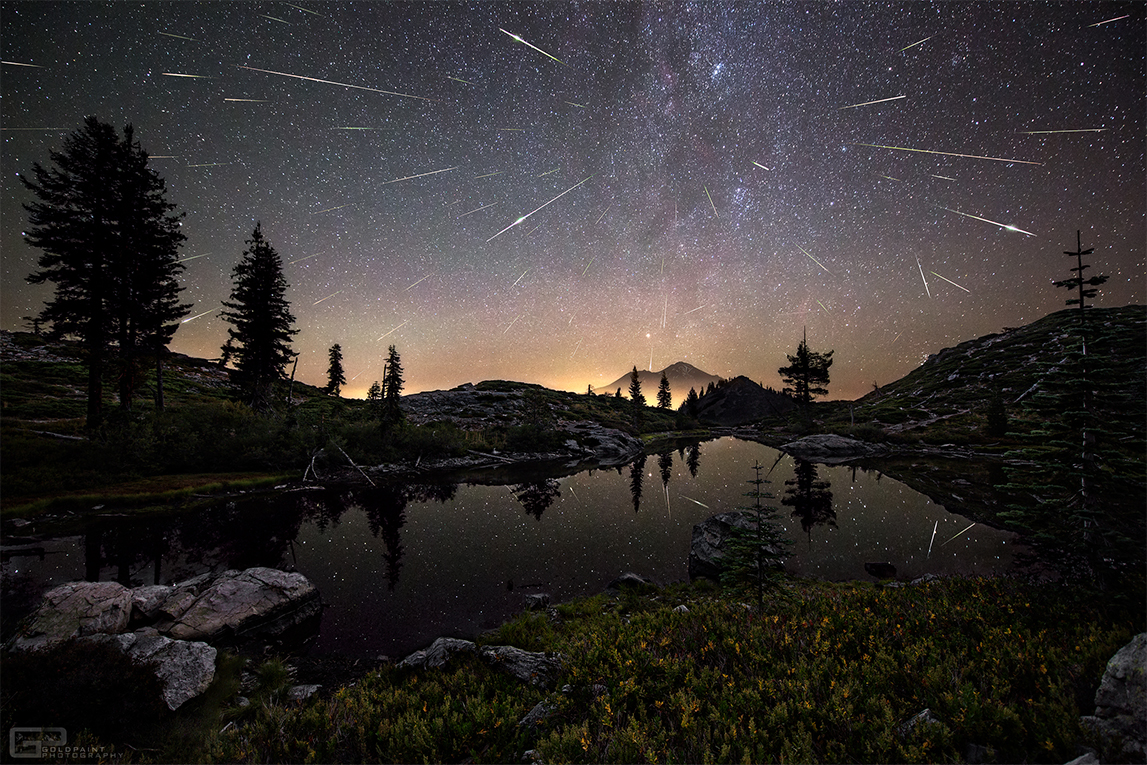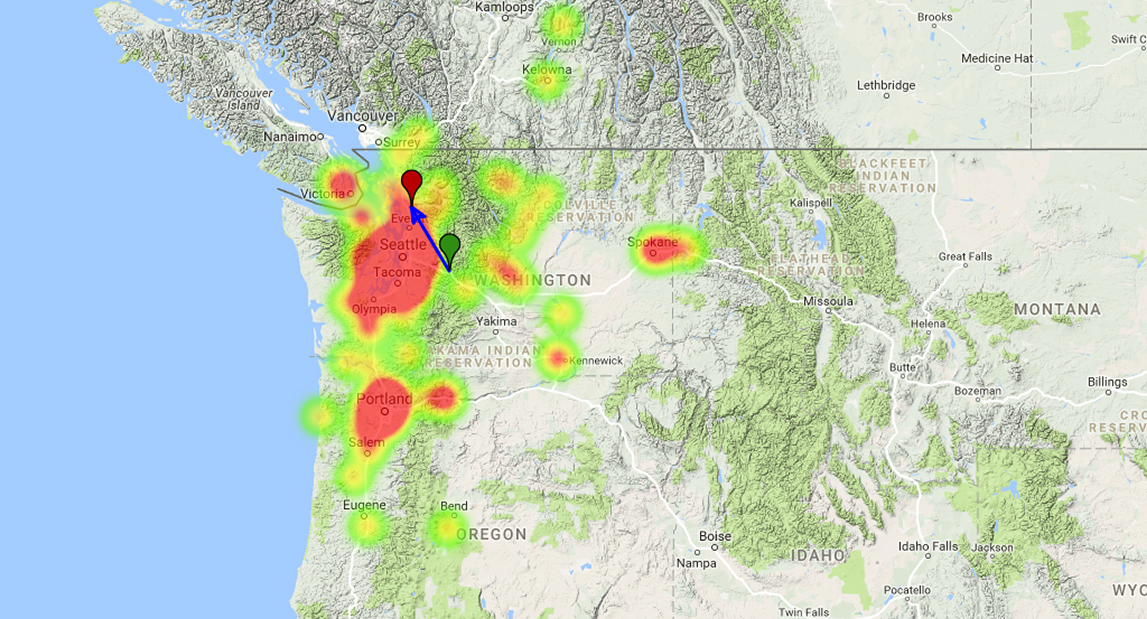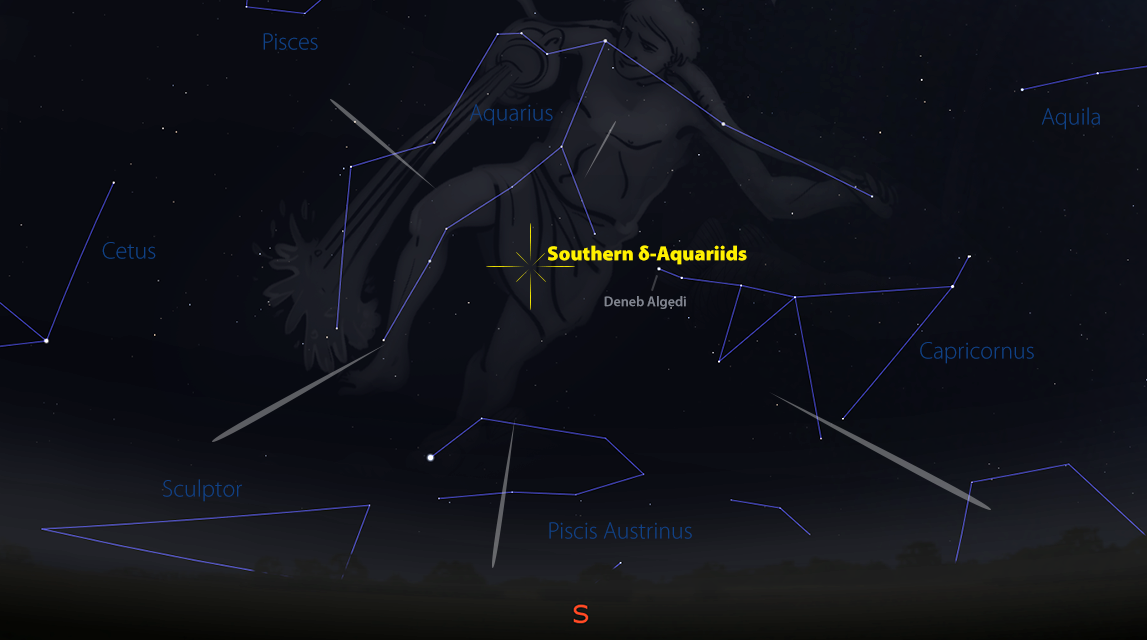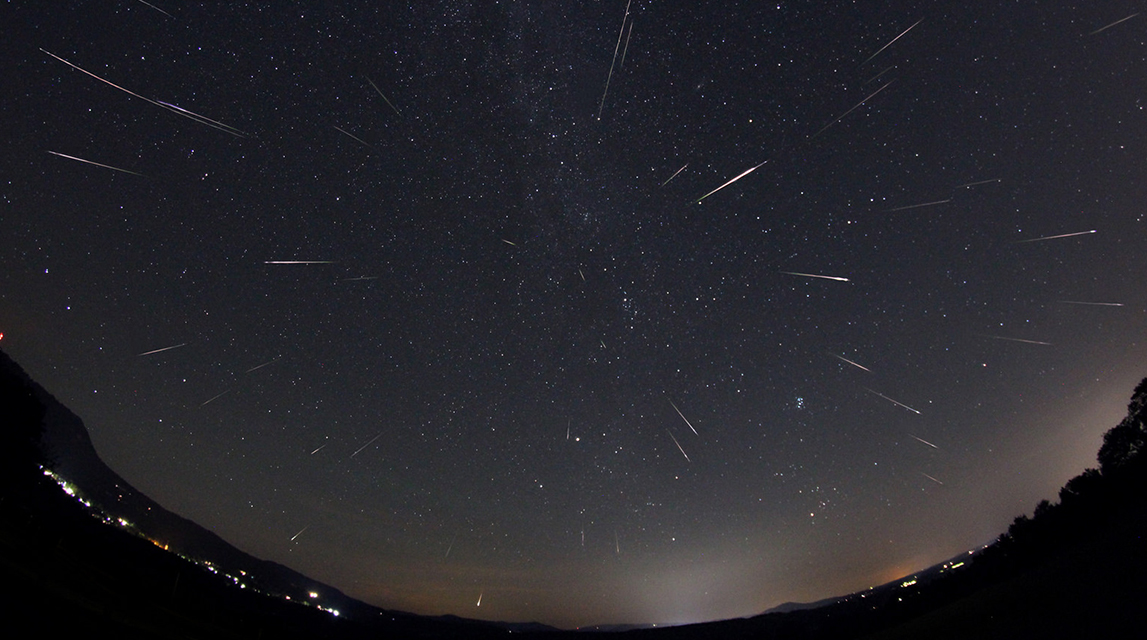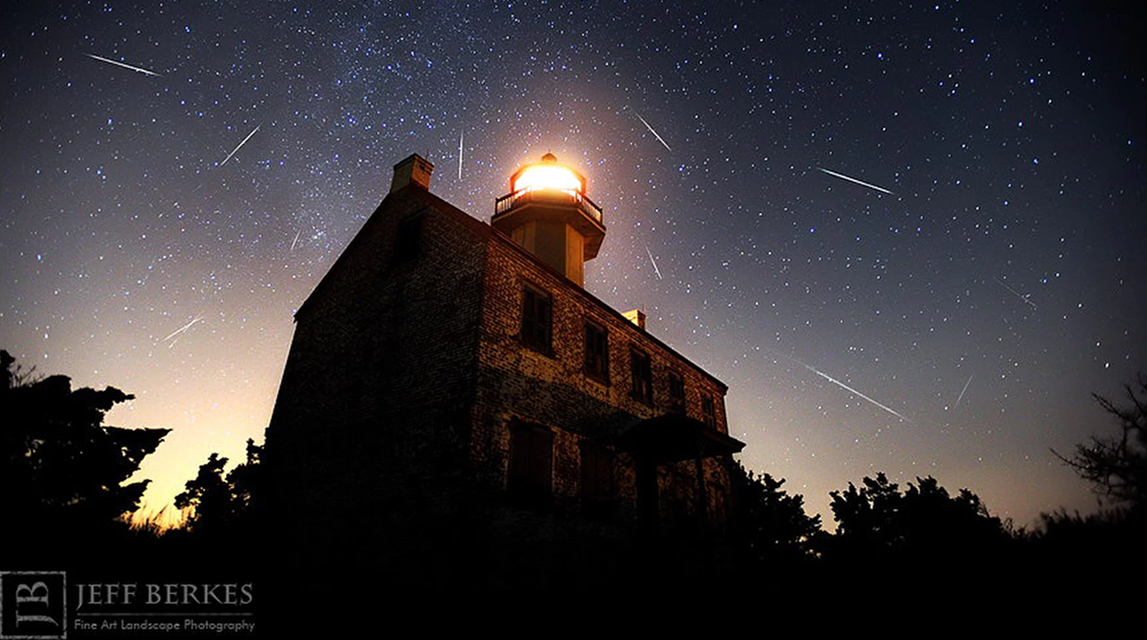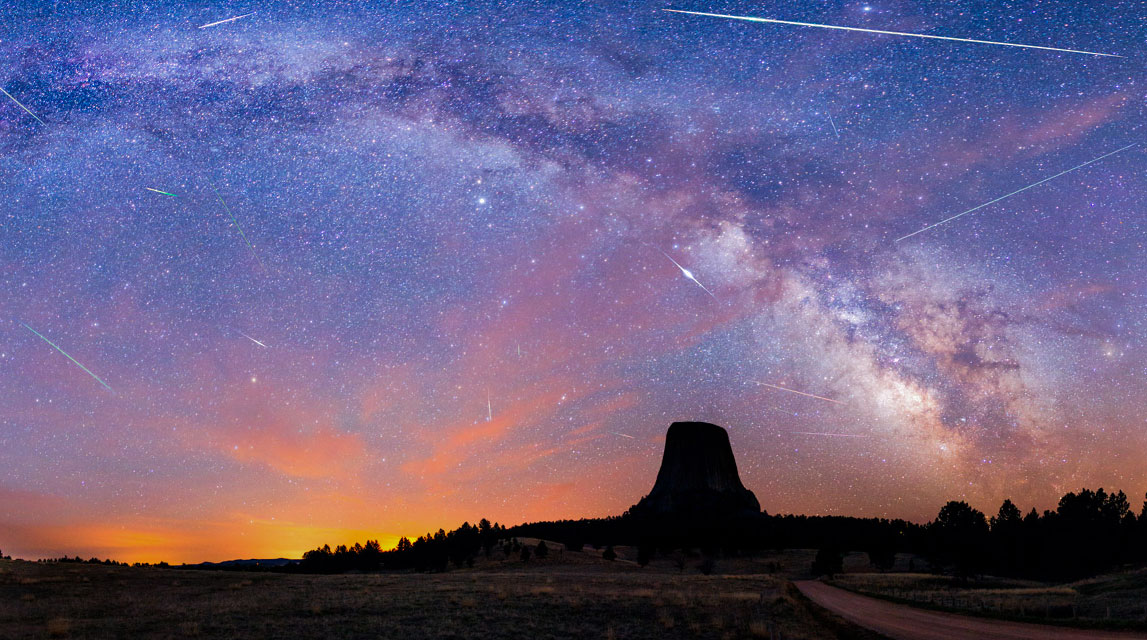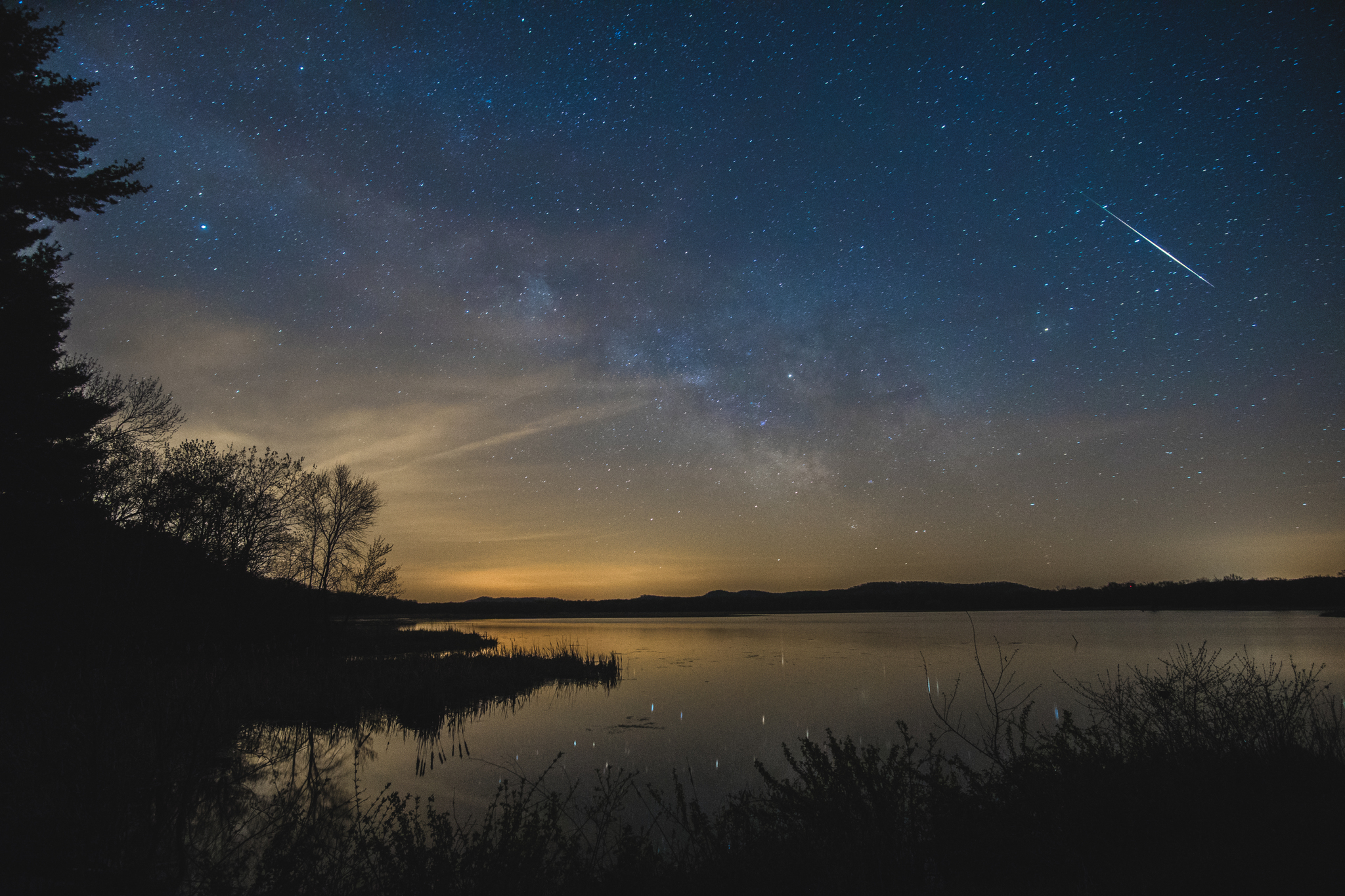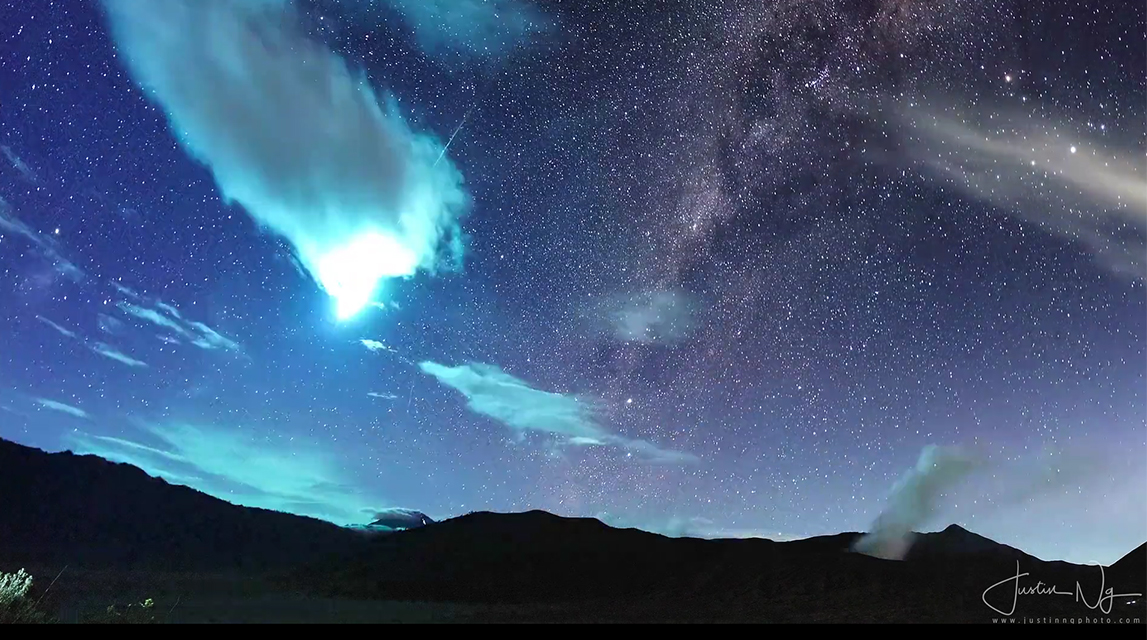
Meteor Activity Outlook for August 26-September 1, 2017
During this period the moon will reach its first quarter phase on Tuesday August 29th. At this time the half-illuminated moon will be located 90 degrees east of the sun and will set near midnight for observers located at mid-northern latitudes. This weekend the waxing crescent moon will set during the late evening hours allowing the more active morning hours to be free of interfering moonlight.
 American Meteor Society
American Meteor Society
